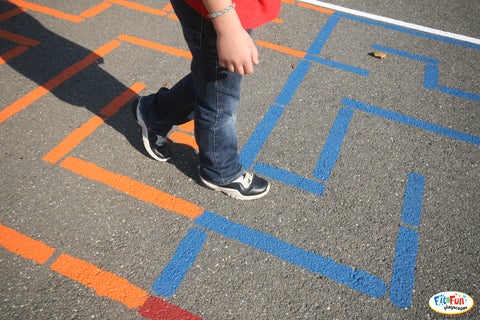Childhood Obesity Puts Kids At Increased Risk For Adult Heart Disease
Childhood Obesity Puts Kids at Increased Risk For Developing Adult Heart Disease

When was the last time you got your child's heart checked out?
February is American Heart Month, and the CDC (Centers for Disease Control) wants you to know that heart disease isn't just a concern for adults 65 and up.
"Heart disease doesn’t happen just to older adults," the CDC writes on its official website. "It is happening to younger adults more and more often."
"High rates of obesity and high blood pressure among younger people (ages 35-64) are putting them at risk for heart disease earlier in life. Half of all Americans have at least one of the top three risk factors for heart disease (high blood pressure, high cholesterol, and smoking)."
Okay, but if you're anything like me, you've heard all that before. Don't smoke, get regular exercise, lay off the potato chips and cut down added sugar intake. Heart disease, and the complications that come along with it, is well documented in adults, as are the ways to prevent it.
So, what does that have to do with heart disease in children?
The short answer is that while heart disease is quite rare in children, often being the result of congenital (at-birth) heart defects that went undetected, unhealthy habits formed as children (such as consuming too much junk food and not getting enough physical activity) absolutely does have an impact on their likelihood to form heart-related illnesses later on in life.
For instance, the World Heart Association has cited "strong evidence" that increased rates of childhood obesity in the United States correlate with significant increases in heart disease factors developed later in life.
In other words, kids tend to bring their unhealthy habits with them into adulthood, where they go on to form illnesses, like type-2 diabetes and high blood pressure, at younger and younger ages.
PREVENTION
With kids, as always, the answer isn't so simple. Many children don't have control over what they eat or how much exercise they get, and with schools still classifying pizza tomato paste as a vegetable, we clearly still have a long way to go to make schools ideal environments for physical and nutritional health.
However, there are actions you can take immediately to minimize those risks.
SCREENINGS
The American Academy of Pediatrics (AAP) recommends bringing in your children for regular cholesterol screenings between the ages of 9 and 11, plus additional screenings between the ages of 17 and 21. There are also cholesterol blood screenings, which are a part of a child's yearly physical, that begin at age 3.
EDUCATION
Education is also key, suggests the Cleveland Clinic, when it comes to preventing adult heart disease. Teaching parents (and thereby children) about healthy habits can decrease a child's risk factors significantly.
Sarah Lappe, MD, a pediatrician interviewed in the Cleveland Clinic article, says that when she sees a child who is likely overweight, she starts a conversation.
"Talking to the parents helps me determine whether the problem is that they aren’t doing enough physical activity, whether their diet needs a little bit of work, or both," she said.



Leave a comment